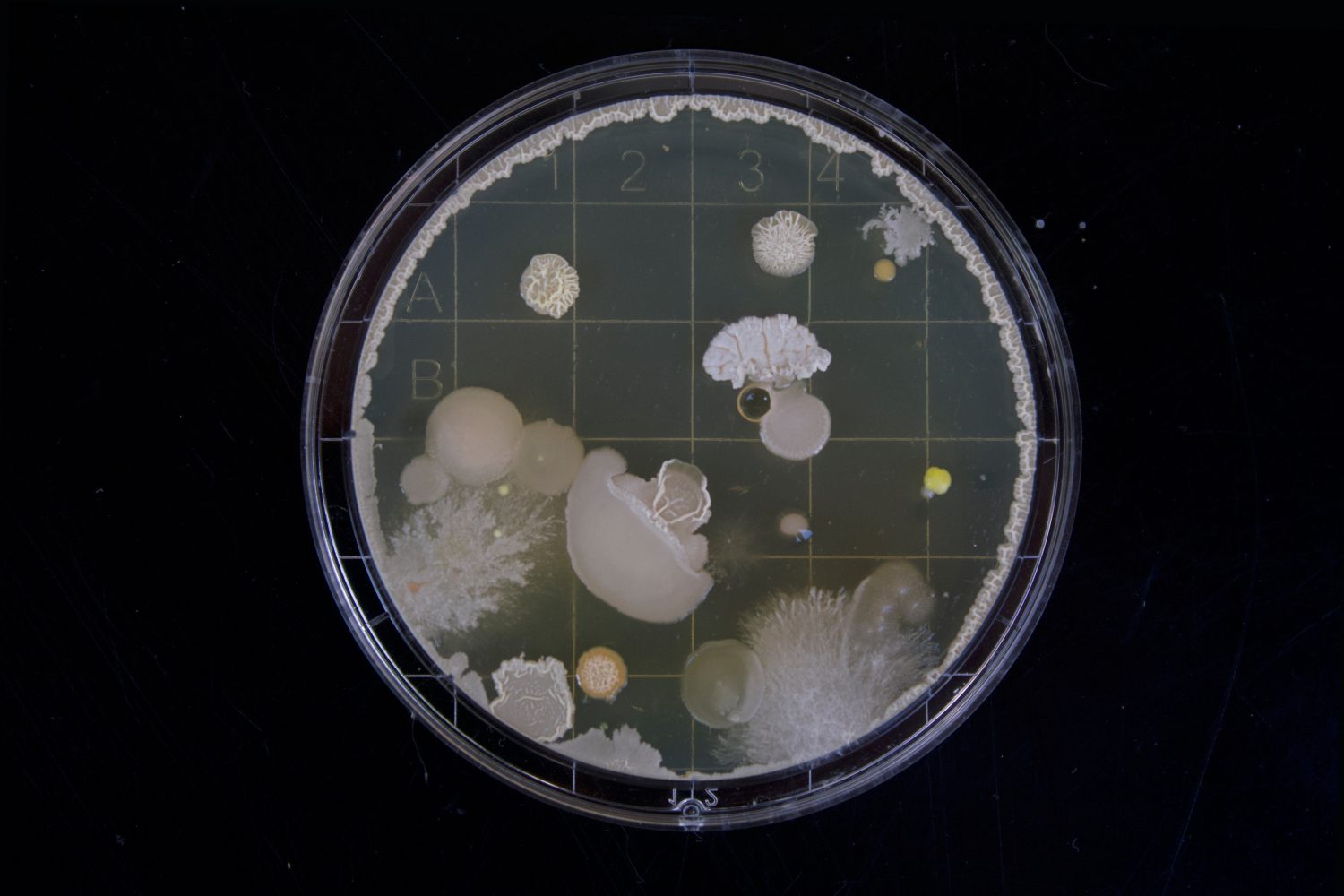Farmufacturing – The Future of Food

Can Deep Tech help win the race between population growth and constraints on agriculture? 3-minute analysis.
To feed a larger population food production must increase by 70% by 2050(2)
But constraints on agriculture are tightening –
- Supply of water
- Climate change
- Space for growing food
- The effects of chemicals and farming methods on soil health
- Effects of chemicals on human health
- Bio-diversity
- Energy consumption
Every aspect of farming can benefit from advances in Agricultural Technology.
Bots, drones and IoT enable precision seeding, watering, fertilising, weeding, pest-control and harvesting.
Technology is helping develop an insect-based protein industry.
Aquaculture is growing fast thanks to new technology(2)
But Deep Tech is taking us beyond smart farming, by enabling micro and macro-level transformations.
In London, disused tunnels are used to produce crops.
Vertical farming is capital intensive but profitable(3) – for example, Iron Ox in California gets 26,000 lettuces a year from less than an acre(4)
Aeroponics companies such as LettUs Grow from Bristol are proving that watering plants using a mist produces crops with 95% less water than traditional agriculture(5)
GrowUp produces urban farming solutions based on shipping containers and Aquaponic systems that integrate plant and fish production
Squared Design Labs has proposed growing algae in large-scale robot-managed urban ‘eco-pods’.
The world urgently needs new sustainable sources of protein and cell-level technology promises major progress here.
Cellular Agriculture uses biotechnology to produce animal products without animals.
One approach is to grow tissues using a cellular ‘scaffold’
Another approach is to use micro-organisms in fermentation processes to grow proteins found in animal products.
“Bio-ink” – made of living cells – can be used to build food in 3d printers.
Lab-Grown Meat (Clean Meat) is expected to be in the market in 2021(6).
“We shall escape the absurdity of growing a whole chicken in order to eat a breast or a wing, by growing these parts separately under a suitable medium,”
Winston Churchill, 1931
Big Questions
Can any of the processes in the agriculture value chain be combined, better integrated or removed entirely?
Could food be produced at scale using petrochemical industry infrastructure?
Can rainforest be protected by making them farmable?
References
1.https://data.worldbank.org/indicator/NV.AGR.TOTL.CD and http://www.fao.org/fileadmin/templates/wsfs/docs/expert_paper/How_to_Feed_the_World_in_2050.pdf
2.http://www.fao.org/aquaculture/en/
3.https://agfundernews.com/4-things-every-investor-know-vertical-farming-lessons-learned-avf-summit.html/
4.https://www.businessinsider.com/iron-ox-created-a-1000-pound-robot-to-grow-its-greens-2018-9?r=UK&IR=T
5.https://lettusgrow.com
6.https://labiotech.eu/food/mosa-meat-lab-grown-meat-fundraising/
7.https://www.gfi.org
8.https://interestingengineering.com/eco-podsaddReport this